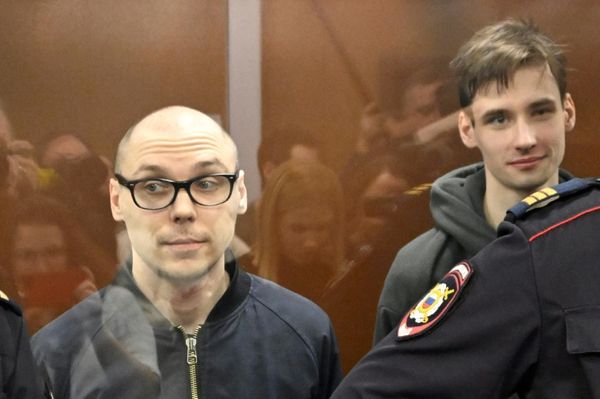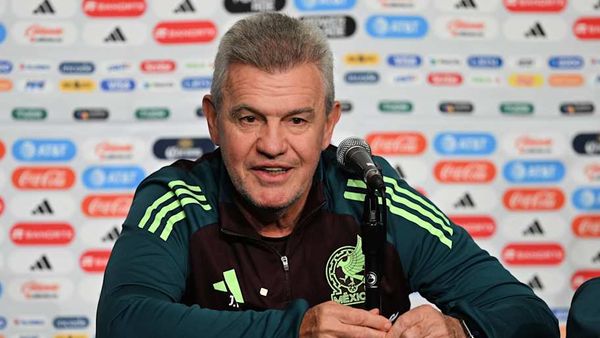
The Jawaharlal Nehru University (JNU) began as a liberal-Left university in some ways by chance. Initially, in the student elections of 1970-71, it was both Left and liberal. In 1973, when Prakash Karat was elected president and Gyan Prakash was elected general secretary in an SFI-AISF alliance, it seemed that the Left had come to stay. The SFI was the Students Federation of India linked to the CPI(M) and AISF was the All India Students Federation linked to the CPI. Prakash Karat later became the CPI(M) General Secretary while Gyan Prakash went on to become a Professor of History in Princeton University, in the United States.
In the meantime many changes occurred in JNU. The university consistently expanded, and many new science schools (faculties) were established. During the UPA II, JNU was asked to expand its students’ strength by 54%. But things changed markedly with the NDA government. There were crackdowns on student protests in February 2016, and three student leaders — Kanhaiya Kumar, Umar Khalid and Anirban Bhattacharya — were jailed on sedition charges. The Delhi High Court later dismissed these charges. This period was preceded by a new vice- chancellor M. Jagadesh Kumar, who had previously had no experience of guiding a university, and had little appreciation for the JNU model, to which he was diametrically opposed.
Early this year, the University Grants Commission (UGC) ruled that the faculty had too many research students, which were reduced by 82%. The UGC did not deign to discuss this issue systematically with the faculty and students. The fact that the previous government had asked JNU to increase the student strength by 54% was brushed aside. This angered both the JNU Teachers’ Association (JNUTA) and the JNUSU (JNU Students’ Union). In the JNUTA elections earlier this year, the Left-liberal alliance swept the election. The Left had been dominant in the earlier JNUSU last year. In the course of its struggle to stop the reduction in research seats and new restrictions on students, a Left Unity alliance was built up in recent weeks.
The Left Unity alliance comprised of the AISA (All India Students’ Association, the SFI and the DSF (Democratic Students Federation). The DSF was a breakaway group from the CPI(M) but was welcomed into the alliance, a typical instance of JNUSU liberalism and openness. In the election on September 8, it was expected that the contest would be between the Left Unity and the Akhil Bhartiya Vidyarthi Parishad (ABVP) of the Sangh parivar. But another formidable force was the BAPSA, a alliance dominantly of Dalits united with OBCs.
The election results validated these expectations. The United Left got a landslide victory. They won all four office bearer posts of the union, with president, vice president, secretary and joint secretary. They won 13 councillors in the three biggest schools: the School of Social Sciences, the School of International Studies and the School of Language, Literature and Cultural Studies. In addition, the three office bearers also have a vote in the JNUSU Students’ Council, with the President having a casting vote. The ABVP which linked up with independent candidates in the Science Schools, came second with 10 councillors. BAPSA came third in popular votes. Liberalism and dissent are alive and well in JNU.
Kamal Mitra Chenoy is former vice-president of JNUSU, and three-time president of JNUTA
The views expressed are personal







